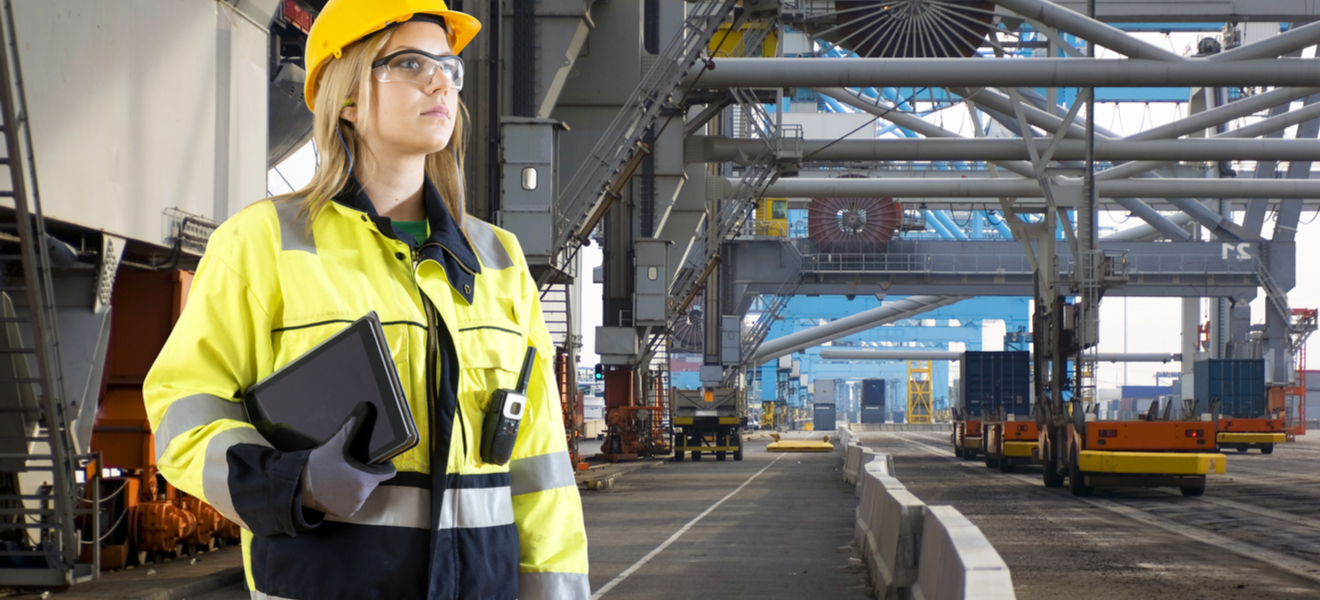

Like that, the managing team can take all measures necessary to protect both the workers on the field and the progress of the project. That’s why the analysis of the environmental conditions based on the area in which your project is conducted is regarded as a ‘must’. earthquakes, floods) can be threatful for your project’s smooth development. That is a continuous procedure which should take place both during the design and development phase of the project. It doesn’t take much, then, to understand that the project management team should always do their best in order to transform the field into a safe and accident-proof place. Working on-site requires remarkable focus and attention to detail. Safety risksĪccidents are one of the biggest pain points in the industry. Read also: Construction risk management – What to do when your project goes wrong 4. In that aspect, a competent legal team is always a necessary addition as it can decrease significantly any legal risks in your project. The responsibilities and rights of each party should be clearly described and an explicit solution for each potential scenario should have been predicted. For that reason, you need to invest extra time and effort in taking proper care of every single detail in regard to contractual agreements. Legal risksĬontracts can be the source of serious disputes in the course of the building process. Simply put, here are some potential risk factors when we refer to financial risks:Īll these parameters should be thoroughly examined before the project takes off. This type of risk depends vastly on the type and the location where the construction project is taking place.

That being said, it is extremely helpful for the construction management team to define fiscal risks successfully before the beginning of the project. It comes as no surprise that budget overruns are most of the times one of the biggest ‘threats’ for a project’s well-being. In that manner, you can be prepared for any sort of hiccup. Once you have defined the needs of your project, you need to allocate responsibilities and set an accurate time-frame for each task.Īlways try also to think carefully about the obstacles that might emerge during the process. A resource management analysis, in terms of tools, materials, and staff, is probably the first step you need to take.

In the first group on our list is anything related to project management and to its smooth development. To define construction risk in a more detailed way, we take a closer look at the top five risk categories that should always be taken into consideration when a risk management plan is elaborated: 1. Top 5 forms of risk in constructionĪs we already saw above, there is a vast number of risk factors in the course of a construction project. Once a company receives the approval for a project, this team will then monitor and control every item within the plan to ensure that the risks stay at a minimum. The risk management team of a construction company will weigh all of the above as well as create a plan to lower the risk of any project that they decide to do. A high number of litigation cases as well as disputes.Consistently low margins and lower profits.Intense pressure to save as much money as possible as well as time.Expectation to produce a high return on all invested funds.In a nutshell, here are some of the most crucial risk factors that construction companies encounter on a day-to-day basis: Each company needs to determine if the potential risks for each project worth their time and possibly some of their profits. Nevertheless, putting together a functional risk management plan isn’t always that easy. In that sense, it is no exaggeration to claim that an exhaustive risk management plan is a ‘must have’ in your construction operations. There is never a time when a construction company is not going to take at least a little risk with their projects.


 0 kommentar(er)
0 kommentar(er)
